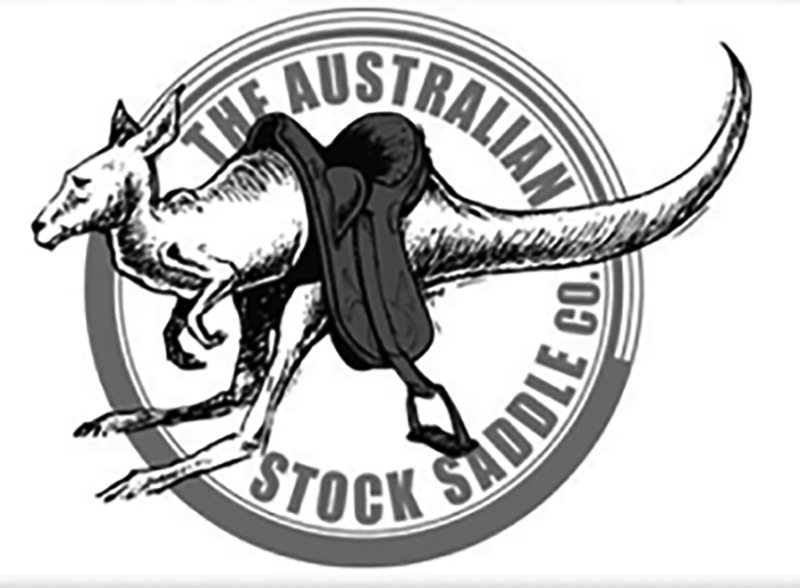Millennials Embrace Bareback Saddles
Aniele Gottwald and Colin Dangaard with her new bareback saddle
Like all Millenials, Aniela Gottwald is more concerned about the comfort of her horse than she is about her own comfort, as she prepares for a 2,000 mile ride from Southern California to Canada on her new Bareback Saddle.
As she says "Taking this ride is my idea, it is not my horse's idea, so it my duty to make the horse as comfortable as possible. We will do this ride together. My horse loves this saddle."
black Colin Dangaard bareback saddle
Making the back of a bareback saddle
Colin Dangaard No Pressure Pad
A generation has arrived with a new attitude to animals: be kind to them, or be gone. So say the Millennials – and there are 76 million in the US, born in the ten years beginning in the mid ‘80’s, during a bubble in birth rates.
They are the first generation to communicate primarily through technical devices, access to technology also offering a unique window to the animal world. With just a click they can be informed precisely about horses, cats, dogs, parrots, whatever. So they are taking another look at how their parents regard animals, and what is OK in the treatment of them. Millennials seriously question the role of “ownership,” not just of animals, but also of people. Being “faithful” to somebody no longer means you have to marry them, or even be exclusive to them. It means being spiritually faithful. You become in essence the keeper of a shared monogamous spirituality. They realize they cannot “own” a person any more than they can “own” a horse. They see themselves as keepers of the horse, charged with the duty of taking care of it in return for the spiritual joy it gives them. It is this deep feeling that is spelling the end of rodeo, dog racing, hunting and even horse racing. Fishing will be next. We are reaching zero tolerance for creature stress.
But it is still fine to ride a horse, just don’t cause it pain. We are therefore seeing a rise in practitioners of “natural” horsemanship. Loosely put, this means “pain free“ training and riding. The Australian clinician Neil Davies wrote the bible on the subject, FEAR FREE HORSE TRAINING. It is now a best seller. Suddenly, it is not OK to run a horse around in a pen until it is sweaty and heaving and terrified. It doesn’t stop running , finally, because it has “accepted” you as the leader. It hasn’t “joined up.” It has stopped because it has no place else to go, except maybe jump out, which many try and break a leg in the process.
I have been saddling horses for over half a Century, driven in the very beginning by a wish to make life easier for the horse. I have very sad memories of how, as a boy in the Outback of Australia, horses were treated as living machines. There were plenty of them, so they were dispensable, of little or no value, except if they could run fast or buck big. You rode ‘em until their saddle sores bled and then you got another horse. I knew one day I would find a better way.
I am not impressed that it has taken me so long to properly fit a horse with traditional saddlery and, finally, design a saddle that is impossible to sore a horse with and does not have to be fitted. But then, I must remind myself that saddlery has been an on-going experiment for 5,000 years. And I've only been working on saddles since 1954.
Around 2008 I started working on what I call the Bareback Saddle, designed on lexane plates that I had first put in saddle pads specifically for treeless saddles that were becoming popular. Under some circumstances, and with certain riders, the horses being ridden in treeless saddles became sore in the center of the back. There was no support to spread bearing the weight of the rider.
The drawback of fixed trees is they need to be fitted to the horses or horses they are going onto. The upside is that well-fitted they will then work great – as Attila the Hun discovered when he developed the first fixed tree saddle and proceeded to beat the whole Roman empire in 400. The Romans rode only bareback. Once Attila outfitted his horde of Huns with saddles, he never lost another fight. He simply out rode the Romans, and when they were forced to dismount after three days because their horses were too sore, Attila circled them and then rained down arrows.
Attila's Hun cavalry
Back to the present.
The “No Pressure Pad” was such a success I decided to build a whole saddle on the concept, giving birth to the Bareback Saddle so popular today. The Lexan plates take the form of whatever back the saddle is on, while also moving to the different shapes the back makes while the horse is walking, trotting, cantering or galloping. Millennials like it because it doesn’t sore the horse, without being fitted, and it is such close contact they can feel the horse and the horse can feel them. Their parents like it because it is half the weight of a fixed tree saddle. Horses like it for the same reason we like a shirt that moves with our body.





